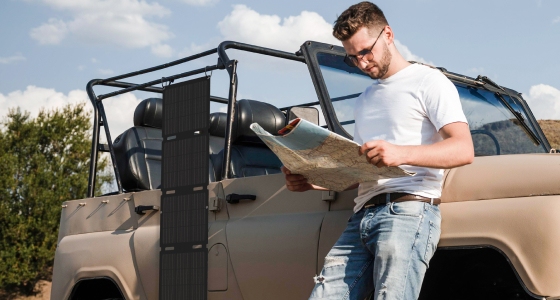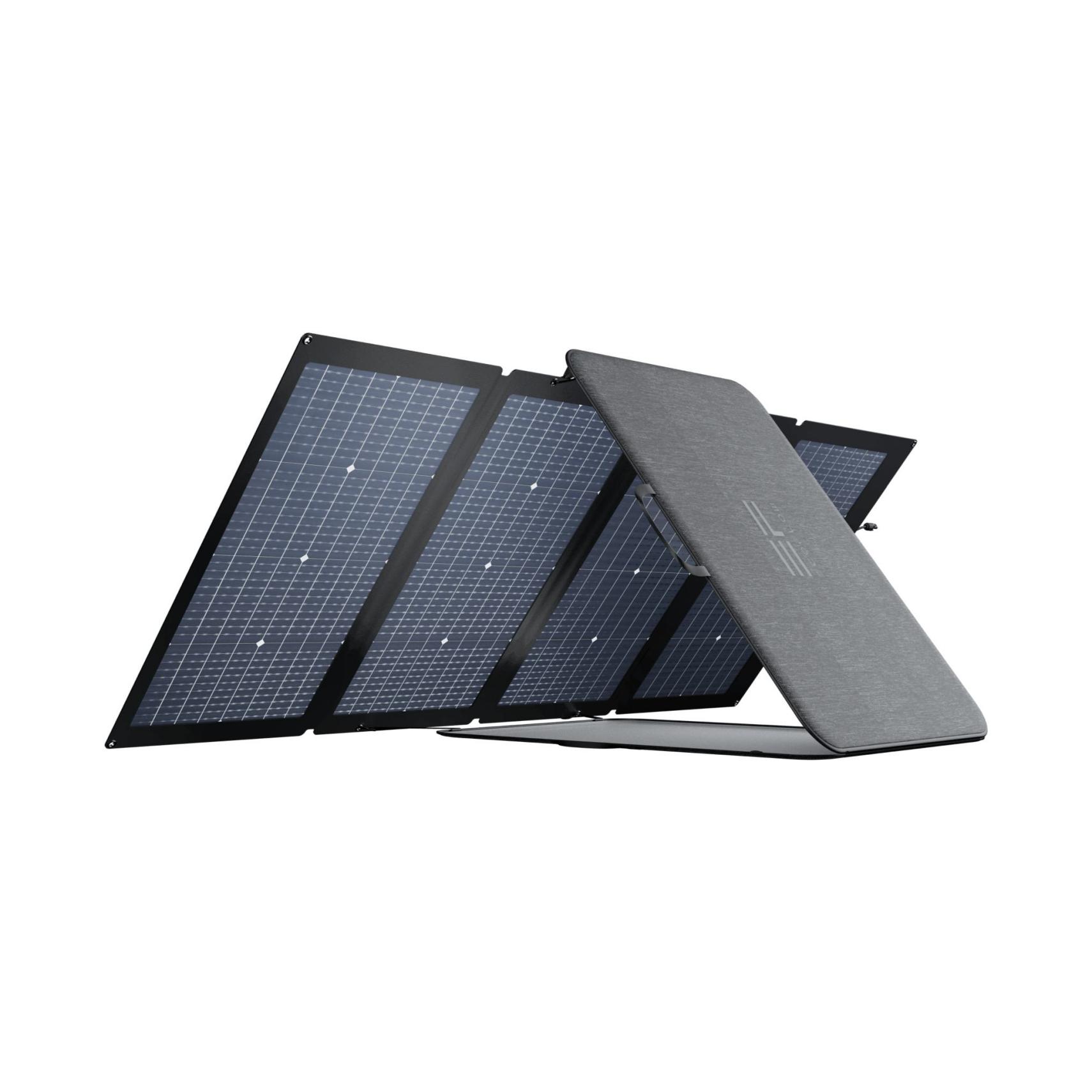- What Defines True Lightweight Backpacking Solar Power?
- How Do Mid-Weight Foldable Panels Support Backpacking Solar Power in Car-Camping?
- Why Consider a High-Efficiency Solution for Backpacking Solar Power?
- What Are the Key Considerations for Backpacking Solar Power Choices?
- How to Optimize Your Backpacking Solar Power Setup?
- Conclusion: How to Approach Backpacking Solar Power with Confidence
- FAQs about Backpacking Solar Power
Best Solar Panels for Backpacking Solar Power & Car-Camping: A Guide with Pro-Grade Picks
- What Defines True Lightweight Backpacking Solar Power?
- How Do Mid-Weight Foldable Panels Support Backpacking Solar Power in Car-Camping?
- Why Consider a High-Efficiency Solution for Backpacking Solar Power?
- What Are the Key Considerations for Backpacking Solar Power Choices?
- How to Optimize Your Backpacking Solar Power Setup?
- Conclusion: How to Approach Backpacking Solar Power with Confidence
- FAQs about Backpacking Solar Power
Planning outdoor trips has some practical difficulties. A significant issue is how you charge your devices when you are away from electricity sources. For anyone looking into backpacking solar power, the ideal setup depends on the type of adventure you are having. Are you backpacking long distances, driving to a camp location, or setting up a basecamp? This guide looks at three categories of panels: very light USB chargers, medium-weight foldable panels, and a high-efficiency upgrade option. You will learn how they all function with different modes of transport and how not to carry more than you require.
What Defines True Lightweight Backpacking Solar Power?
If you’re walking long distances with everything on your back, even small amounts of extra weight can become a burden. That’s why true backpacking solar power starts with panels that weigh less than one kilogram. These lightweight units usually deliver between 5 and 30 watts of power. They’re designed for phones, GPS units, headlamps, and other small electronics.
The most common format is a foldable, flexible panel that clips to your backpack or rests on a rock during breaks. USB ports allow you to plug in directly without adapters. Many panels in this category come with multiple output options, including USB-C, which supports faster charging for compatible phones.
Though these panels don’t deliver much power at once, they can still top up a phone or provide a few extra hours of battery life. That can make a big difference during long hikes where wall outlets are nowhere in sight.
For hikers aiming to cut every ounce, this tier of solar panel keeps gear light while offering peace of mind.
How Do Mid-Weight Foldable Panels Support Backpacking Solar Power in Car-Camping?
When you’re going on car-camping or basecamp-style adventures, it’s not so much how light everything is, but how versatile and reliable it is. That’s where mid-weight folding panels are very useful. They usually offer between 20 and 50 watts of power and weigh between 1 and 2 kilograms. That’s too much for an ultra-light setup, perhaps, but not when you have a car close by.
The panels normally contain a solid or slightly firm frame and built-in kickstands. The kickstand helps place the panel in a way that receives sunlight more efficiently throughout the day. Adjustable angles enhance energy production by keeping the panel directed towards the sun.
For road trips or weekend excursions, mid-range solar panels enable you to do more than the basics. You can charge tablets, battery-powered fans, and even mini coolers. They also pair well with portable power stations, which enable you to charge during the day and discharge at night. A folding model is simple to carry and store. Most fold flat to fit into a car trunk, roof box, or equipment bin.
For even more flexibility during car-camping or basecamp trips, consider pairing your foldable solar panel with a compact DC power station like the EcoFlow TRAIL Series. These portable units weigh as little as 4 lbs but deliver up to 300W of high-efficiency DC output, perfect for charging lights, phones, tablets, projectors, or even a 12V cooler. With multiple USB-C ports and a rugged design, TRAIL turns solar power into a reliable day-and-night energy setup that fits easily into your gear bin.


Why Consider a High-Efficiency Solution for Backpacking Solar Power?
If you’re in a fixed spot for a long period or need to charge several gadgets for a group, high-efficiency panels are more ideal. A top choice is the EcoFlow NextGen 220W bifacial portable solar panel. It delivers 220 watts from the front and gets an extra 175 watts from the back when light bounces off surfaces like sand, snow, or pavement.
This performance design features high-efficiency solar cells with up to 25% conversion rates . That means, more power generated per square foot, especially handy when sunlight is limited or irregular. The panel weighs around 7 kilograms. Waterproof construction (IP68) provides dust, rain, and splash proofing.
This is not something you’d take on a multi-day backpacking trip. However, for basecamp use, it’s got plenty of power. You can hang string lights, charge several power stations, or even run emergency comms equipment. It shows the utility in stepping up your backpacking solar power system when you’re taking more people and gear on your trips.
EcoFlow NextGen 220W bifacial portable solar panel
What Are the Key Considerations for Backpacking Solar Power Choices?
Not all panels are created equal, and choosing the right one means thinking through the key specs:
Weight: For solo hikers, aim for under 1 kg. For basecamp, 1–7 kg is acceptable.
Output: 5–30 W for essentials like phones, 20–50 W for heavier loads, and 200+ W for basecamp setups.
Conversion Efficiency: Higher efficiency means more energy in less time. Look for 20% and above.
Port Compatibility: USB-A, USB-C, and XT60 all serve different needs. Make sure your gear matches.
Folded Size: Smaller is better for storage and transport. Ultra-light panels fold down to pocket size.
Weather Resistance: IP ratings like IP65 or IP68 indicate protection from rain, dust, and water splashes.
The best panel for you depends on your trip style. For remote solo hikes, every gram counts. For vehicle-supported trips, functionality takes priority.


How to Optimize Your Backpacking Solar Power Setup?
Once you've chosen a panel, a few strategies can make it work better for you:
- Track the sun: Angle your panel throughout the day to follow the sun. Even a slight tilt can improve efficiency.
- Avoid shade: Partial shadows can reduce output dramatically. Set up in wide open spaces.
- Use extension cables: These let you position panels in sunny areas while keeping your gear in the shade.
- Charge power banks first: Store power during peak sun hours for later use.
- Secure your setup: Use guy lines, stakes, or rocks to prevent your panel from shifting in the wind.
- Keep it clean: Wipe off dust or debris with a soft cloth. Dirty panels lose efficiency.
A good panel is only half the equation. Smart positioning and maintenance are just as important to get full value from your backpacking solar power setup.
Conclusion: How to Approach Backpacking Solar Power with Confidence
Backpacking solar power isn’t one-size-fits-all. Your optimum setup is determined by how far you backpack, how long you’re out, and what you need to power. For lightweight hikers, the sub-1-kg USB-only panel is simplest and best. For car-based campers or campers who set up longer-term camps, folding mid-range panels give you power for extra gear without extra weight.
If you need more power, high-efficiency panels will deliver. They are too big to be true backpacking panels, but they are great for car camping or group trips where you have the ability to use steady power.
The key is to match your power system with your adventure. Only pack what you need and focus on equipment that makes travel easier, not harder. With some planning ahead of time, solar backpacks can be great for safe, comfortable, and connected trips.
FAQs about Backpacking Solar Power
Q1. Can I charge a laptop or drone with solar panels while backpacking?
Yes, but most backpacking solar panels aren’t designed to manage the voltage and power requirements of laptops or drones. Most USB panels won't deliver the necessary wattage or the correct output terminals to charge directly. To charge devices that have higher power needs efficiently and safely, you’ll need a panel that has DC output (e.g., 12V–24V) and is best used in tandem with a small portable power station as a buffer. This allows you to charge the battery pack up throughout the day and then use it to charge your laptop or drone afterwards, often faster and more reliably. Make sure to verify that the voltage is correct before connecting sensitive electronics.
Q2. How does the weather impact the performance of solar panels while backpacking?
Overcast skies, rain, and lots of trees can cut down solar charging efficiency by 80% or more, based on the panel’s quality and angle. Some panels will always deliver a little power when it’s partly cloudy, but ongoing charging takes direct sun. Plan ahead by selecting panels that translate more sunlight into power and adding a power bank to your kit for energy storage during sunny periods. It’s a good idea to adjust the panel angle throughout the day and avoid shady spots, even small ones, since they will decrease performance significantly. Always check local weather patterns if you are relying on solar energy for critical equipment.
Q3: What if I go hiking and my panel is not charging anything?
This is a common problem. Sometimes your solar panel is seemingly in sunlight, yet your gear doesn’t charge. First, check where the sunlight is coming from and how strong it is—shade from trees, clouds, or even yourself can diminish charging ability to almost nothing. Second, check your cables and ports: your cables can deteriorate, and crud in the connectors can block power from passing through. Most backpacking panels do not have a battery. Your phone might not charge at all if there is insufficient sunlight. A good solution is to charge a small power bank during the day. Then, use it to charge your devices afterward. This way, even when the sun is not consistently strong, your charging system will be okay.
Q4. Can it be left alone to charge backpacking solar panels?
It is generally safe to place a panel in the sun if it is fastened and the wires are protected. Still, high winds, animals visiting, or curious individuals might create issues. Anchor the panel with ground stakes or sandbags and situate it where individuals can notice it, but not where it is in the way. Do not expose batteries to direct sunlight for extended periods, as high temperatures can cause them to degrade faster. Also, disconnect the panels during intense rain or impromptu storms if they are not IP67/IP68 rated for water resistance. Taking precautions avoids damage or loss of costly equipment.
Q5. How do I clean and maintain my portable solar panels for long-term use?
Portable solar panels should be cleaned with a soft, damp cloth after each trip, especially if they’ve been exposed to dust, salt, or tree resin. Do not use strong chemicals or abrasive substances, as they’ll damage the surface of the panel or block light. The folding joints and cables should also be kept clean to avoid wear. Keep the panel in a dry, cool area—preferably in its carrying case—to prevent scratches or dampness. Check for loose connections, broken wires, or bent connectors regularly to extend the life of your panel.